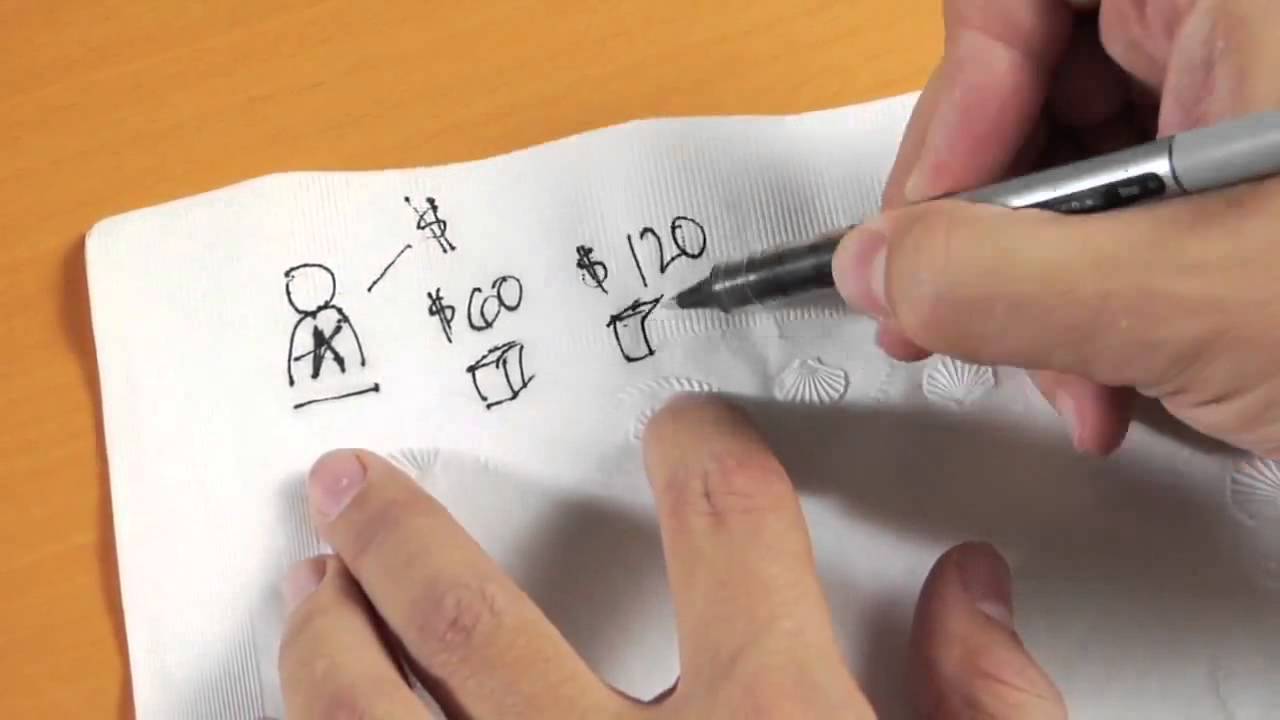 Second in a Series: 6 Questions Your Major Gift Plan Must Answer
Second in a Series: 6 Questions Your Major Gift Plan Must Answer
Just because a group of donors has given you large gifts does not mean that you have the basis for starting a major gift program.
In fact, I recently read a plan where the leader of development built the whole case for creating his major gifts program, based on having in his possession a group of donors who had given $5,000 or more. Never mind that he didn’t have enough of those kinds of donors to build a program, given that two thirds of them will not want to relate to the non-profit – never mind that.
Never mind as well that this non-profit didn’t have a donor pipeline to secure more donors of that type.
The plan was doomed from the beginning.
When you’re asking yourself this question – “Do I have the right donors?” – you have to consider these related questions:
Do you have at least 450 donors who meet your major gift metric, through recent giving (last 18 months), and who have capacity to keep giving at that level? Why 450? Because that’s how many you will need in your “pool” to qualify down to 150 qualified donors for one MGO caseload. If you can’t identify these donors, toss your plan out – it’s not going anywhere. You don’t have the economic basis for starting a major gift program.
There is one caveat here, and that’s the average gift value of your donor pool. If you have less than 450 donors who meet the criteria, do this:
- Get a fix on the average gift value of all the donors that you do have, who meet the criteria above. Hold on to that number.
- Divide your total number of donors who meet the criteria above by 3 (the qualifying ratio), to get to your final caseload size.
- Multiply the number of donors for your final caseload size (the previous calculation) by the average gift value (the first calculation) to arrive at the starting annual value of your caseload.
- Determine if the resulting total value of your caseload (the point above this one) is an acceptable return on investment (ROI) when compared with the total cost of the MGO (salary, benefits, operating costs). If it is, go with the smaller caseload.
I have seen successful implementations where a MGO handles a small group of institutional donors, with just 12 donors who together give an annual value of $8 million. The caseload value justifies a smaller caseload size.
So do this exercise to see if the annual value of the donors you have justifies the ROI you could get in your first year of operation.
Do you have a donor pipeline that will “feed” the qualification of new donors? This is important, because you will need this pipeline (usually a robust direct marketing and mid-level program) to replace the donors on the current caseloads that will who stop giving (it happens even in well-managed caseloads) and also to expand the program. If you don’t have the pipeline, be careful. You may not have a healthy basis for maintaining an effective major gift program.
These two questions will help you answer your main question: “Do I have the right donors?” It will not only address the quantity of qualified donors needed to have the right economy, it will also address the quality questions – recency of giving, amount of giving, capacity and willingness to have a meaningful connection to you.
You must have a positive answer to both of these questions in order to have a solid major gift plan.
Richard
Read the whole series on Questions Your Major Gift Plan Must Answer:
- Do I Have Enough Time?
- Do I Have the Right Donors? (this post)
- Do I Have the Right Offers?
- Do I Have the Right Talent?
- Do I Have the Ability to Stay Focused and Structured?
- Do I Have the Right Performance Measurements?







0 Comments